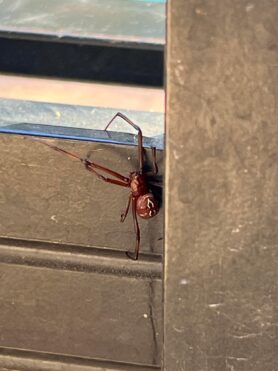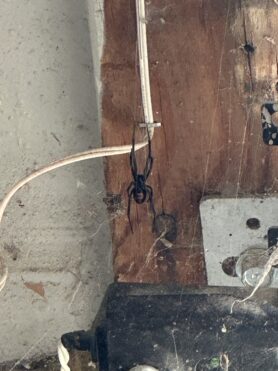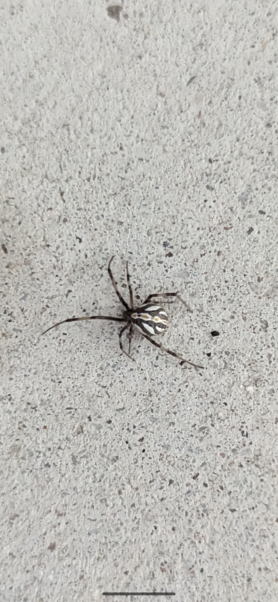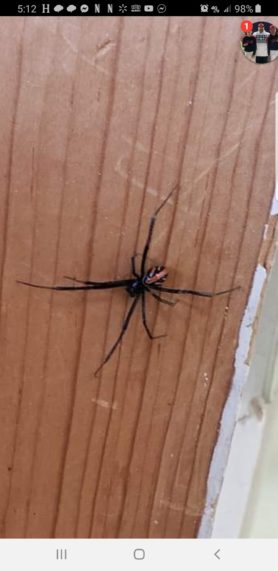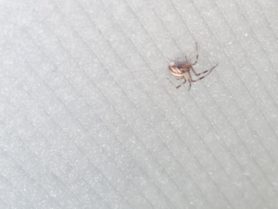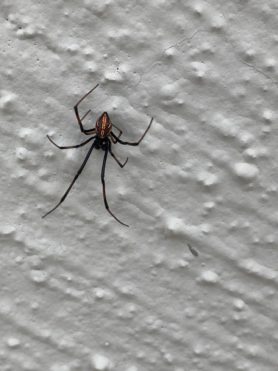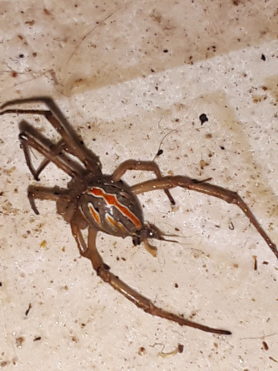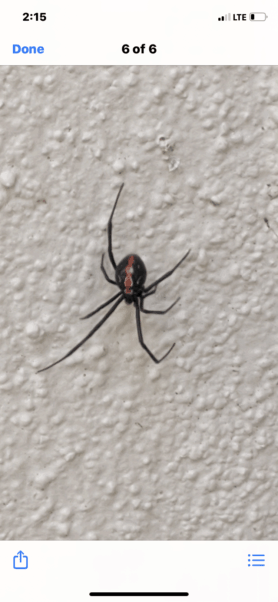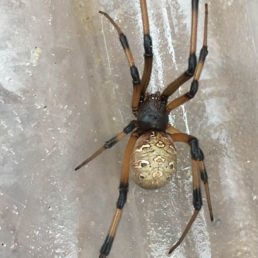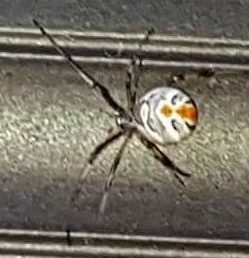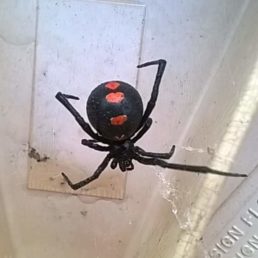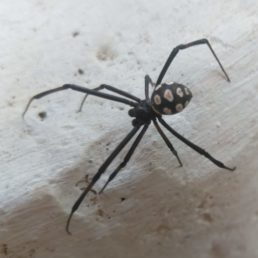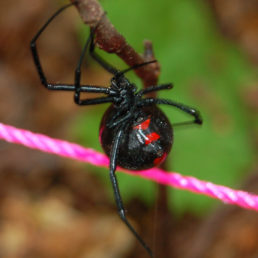Taxonomic Hierarchy
- Kingdom: Animalia
- Phylum: Arthropoda
- Class: Arachnida
- Order: Araneae
- Suborder: Araneomorphae
- Family: Theridiidae
- Genus: Latrodectus
- Species: Latrodectus hesperus
Common Name (AAS )
)
Western Black Widow
Other Common Names
Black Widow, Black Widow Spider, Widow Spider, Hourglass Spider, Shoe Button Spider, Cobweb Spider, Comb-footed Spider, Tangle-web Spider, Gumfoot-web Spider, Button Spider
Author
Ralph Vary Chamberlin & Wilton Ivie, 1935
Primary Colors
Sightings Overview
There have been 53 confirmed sightings of Latrodectus hesperus (Western Black Widow), with the most recent sighting submitted on January 6, 2024 by Spider ID member cwill. The detailed statistics below may not utilize the complete dataset of 53 sightings because of certain Latrodectus hesperus sightings reporting incomplete data.
- Web: 45% of the time, Latrodectus hesperus spiders are sighted in a spider web (Sample size: 49)
- Sex: 8 female and 14 male.
- Environment: Latrodectus hesperus has been sighted 37 times outdoors, and 16 times indoors.
- Outdoors: Man-made structure (25). Low foliage (2). High foliage (1). Ground layer (2). Under rock or debris (6). Desert area (1).
Location and Range
Latrodectus hesperus (Western Black Widow) has been sighted in the following countries: Mexico, United States.
Latrodectus hesperus has also been sighted in the following states: Arizona, California, Colorado, Idaho, Kansas, Nevada, New Mexico, Oregon, Texas, Utah.
Seasonality
Latrodectus hesperus has been primarily sighted during the month of May.
- January: 3
- February: 4
- March: 5
- April: 4
- May: 14
- June: 2
- July: 2
- August: 2
- September: 3
- October: 7
- November: 2
- December: 5
Additional Remarks
- Not the only “widow spider” in North America; there are also four other species of Latrodectus.
- Immature females and adult males retain colorful markings on their abdomen; it’s typically only adult females that may be all black on their dorsal surface.
- Underside of spider has a bright red or orange hourglass-shaped marking. It may sometimes be faded or (rarely) absent entirely.
- Females of this species are overall typically larger than the females of Latrodectus mactans or L. variolus.
- “Deadly” is a misnomer! Human deaths are extremely rare from a widow bite (or any other spider bite, for that matter). Anti-venom exists for treatment, but is rarely necessary; pain medication, muscle relaxers, and/or calcium gluconate are often all that’s needed.
- Egg sacs are tan or white spheres, about 10mm in diameter, usually having around 100-300 eggs inside; but can be as many as 600 in some cases.
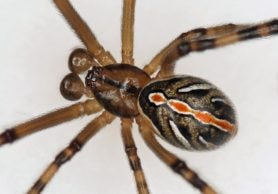 The spider species Latrodectus hesperus, commonly known as Western Black Widow, belongs to the genus Latrodectus, in the family Theridiidae. Latrodectus hesperus spiders have been sighted
The spider species Latrodectus hesperus, commonly known as Western Black Widow, belongs to the genus Latrodectus, in the family Theridiidae. Latrodectus hesperus spiders have been sighted 